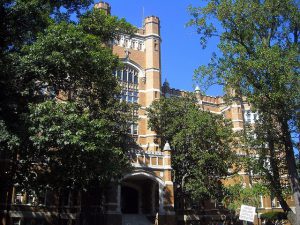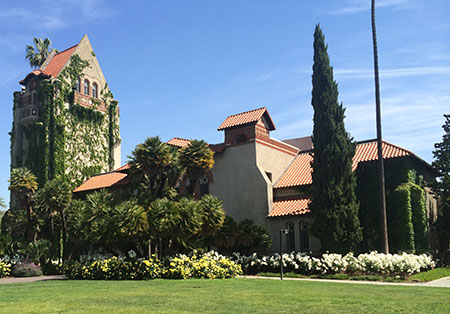
Flickr user Josh
In your college explorations, you’ll hear the term “HBCU” tossed around every now and then about a school. These letters stand for “Historically Black College and/or University”. The name conveys a few facts about the associated schools.
What is an HBCU?
By hearing this acronym, you understand that people established these schools with the primary purpose of serving the African American community before the Civil Rights Movement (1964). Most HBCUs—over 100 schools in total—were founded after the American Civil War. After Congress passed the Second Morrill Act of 1890, states who did not have integrated land grant colleges and universities had to establish land grant schools for black students.
Anyone can apply to an HBCU
HBCUs have always accepted students of other racial identities. Several of them now have larger percentages of non-African American students. Generally, these schools are located in the southern states. Formed in 2015, the Bipartisan HBCU Caucus advocates their interests in Congress. It has 30 Representatives as members of the caucus. HBCUs also receive funding from the federal government due to their historical status.
Though the black student populations have decreased at HBCUs, the schools maintain that they are continuing their original missions in providing academic opportunities for those who might not have many options (this Time article has some interesting points on this). Studies have shown that African American students tend to have better support systems at HBCUs. They also tend to be more comfortable in their sense of well-being after graduation according to this Gallup poll.
Use College Raptor to discover personalized college matches, cost estimates, acceptance odds, and potential financial aid for schools around the US—for FREE!



